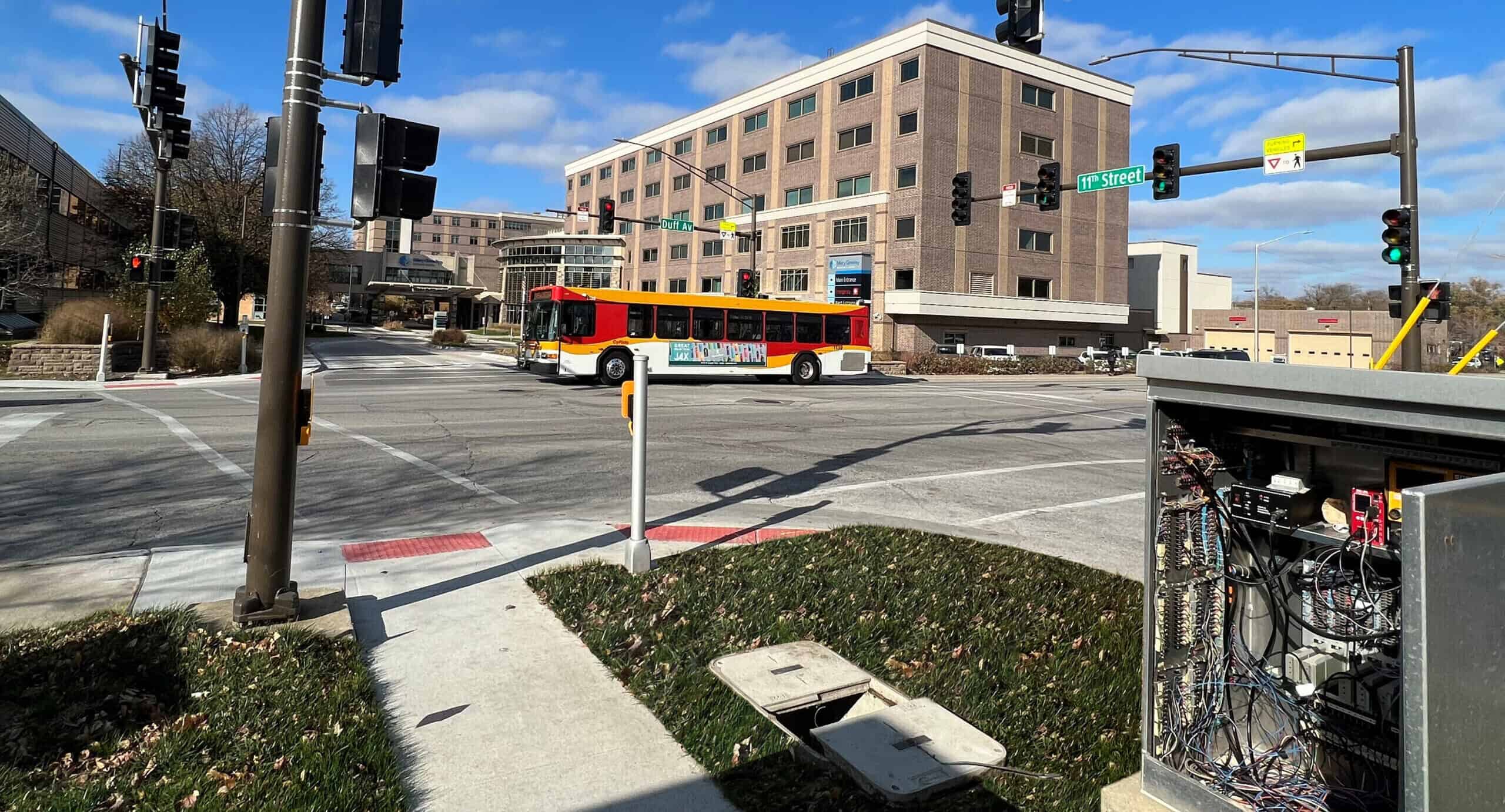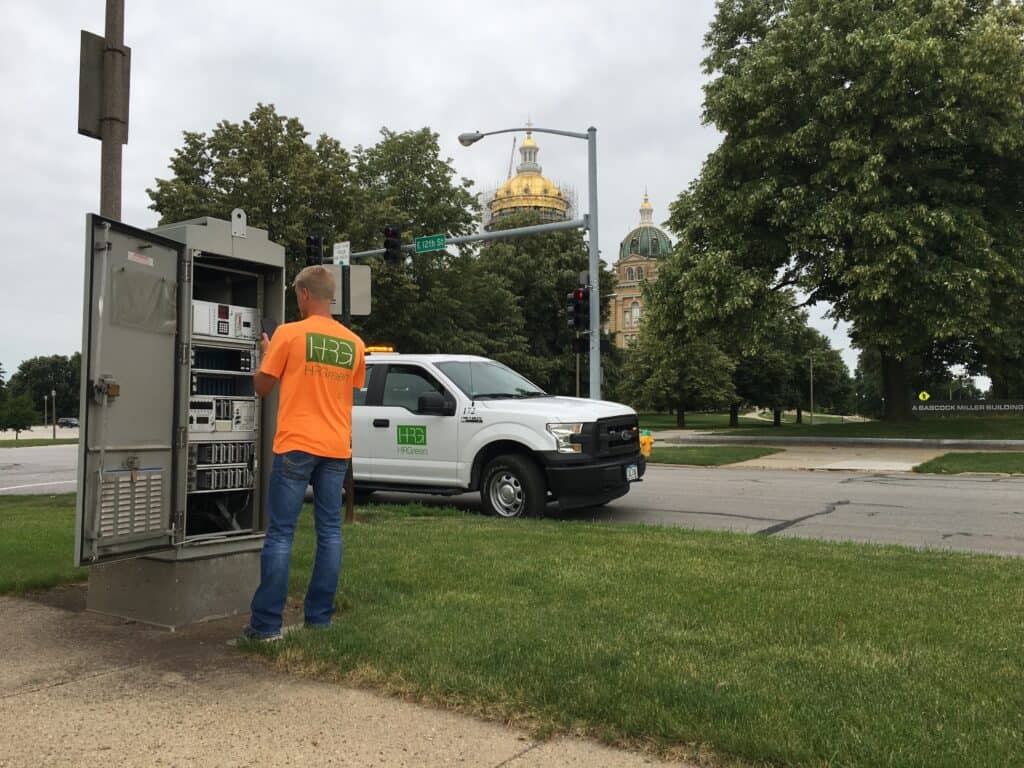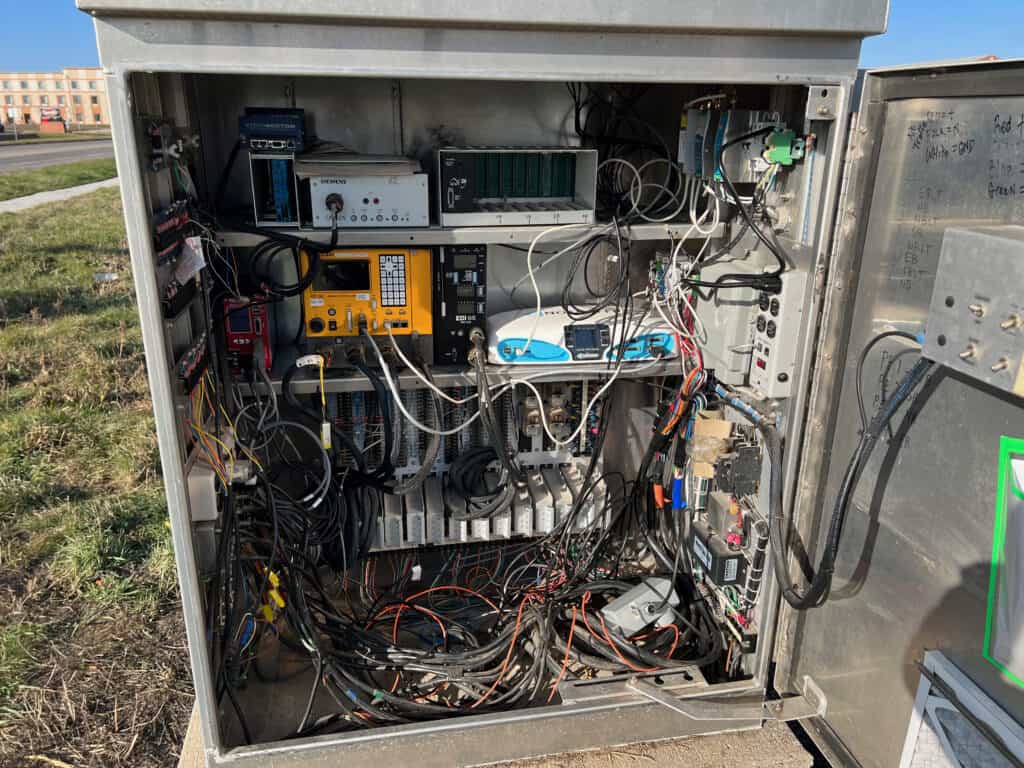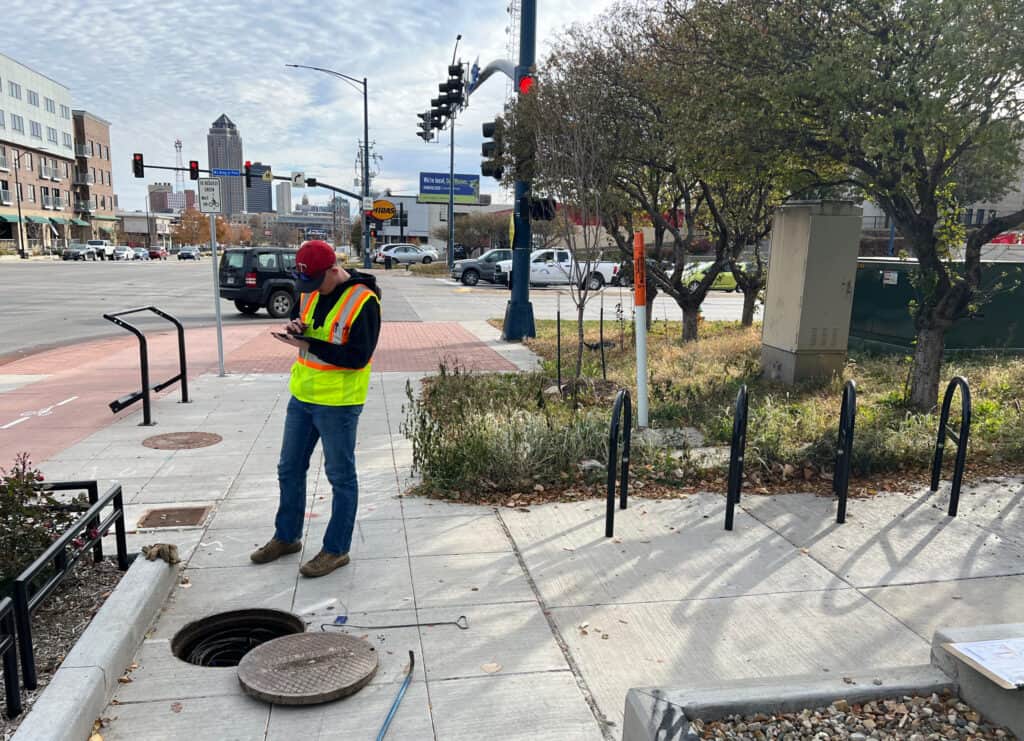
A Community's Approach to Smart Transportation Technology

Smart transportation is more than just paving the way for autonomous vehicles. Agencies are increasingly drawn to smart transportation solutions as a strategic response to urban mobility challenges. These initiatives promise to enhance efficiency, safety, and sustainability across transportation networks, offering environmental benefits, economic growth, and improved quality of life for residents.
However, the transition to such advanced transportation technologies poses a unique set of challenges, particularly for smaller to medium-sized communities that may not yet fully grasp the necessity and benefits of embracing smart city transportation solutions.
What is Smart Transportation?
At its core, smart transportation leverages cutting-edge technology and infrastructure to enhance traffic flow, improve safety, and reduce environmental impacts. The first step is to implement technologies that enhance the performance of transportation networks through traffic management, real-time data collection, and information sharing among vehicles, infrastructure, and pedestrians.

Systems can then analyze traffic flow in real-time to optimize signal timings, reduce congestion, and enhance road safety. Digital tools can also optimize public transportation routes, schedules, and passenger information services, making public transit more reliable and user-friendly.
By leveraging advanced technologies and data analytics, smart transportation enables cities to manage congestion, reduce emissions, and prepare for future demands, such as connected or autonomous vehicles. The adoption of such systems signifies a commitment to data-driven decision-making and scalable infrastructure, positioning communities to thrive.
Identifying Constraints in Smart Transportation Development
As communities embark on the journey towards smarter, more connected urban environments, they face complex challenges and opportunities in modernizing their transportation systems. The advancement of intelligent transportation systems (ITS) is not just a technological upgrade but a strategic imperative, and challenges may include:
Outdated Systems: Many communities recognize the obsolescence of their traffic signal systems and the urgent need for modernization. The impending retirement of pivotal staff members, who hold critical operational knowledge, amplifies the challenge. Addressing the knowledge transfer and bridging the gap are essential steps in preparing for the adoption of smart transportation solutions.
Resource Constraints: The dual challenges of limited personnel capable of managing modern ITS and financial constraints underscore the need for strategic planning and support in upgrading infrastructure. Securing federal funding for smart infrastructure projects is contingent upon a comprehensive understanding of the overall system.

Technology Updates: The rapid pace of technological advancements presents a formidable challenge. Signal cabinet equipment, both vehicle and pedestrian detection devices, and the indispensable role of fiber optic communications and wireless connections underscore the necessity for meticulously planned infrastructure. Agencies often grapple with the selection and integration of appropriate solutions amidst a sea of new technologies and vendors.
Broadband Integration: Successful integration relies on understanding existing infrastructure and agency needs, while maintaining a forward-looking mindset supporting current and future needs and requirements. This all begins with understanding how to integrate the traffic fiber network with the IT network and how to manage and optimize the system moving forward. Additional broadband deployment and/or private partnership formations may be required to boost technological capabilities and meet increasing demands.
Growing Communities: Smaller and medium-sized communities that may not yet be aware of or fully understand the benefits of smart transportation technologies. Leaders may struggle to define their needs and set a vision for the future when working with stakeholders.
The HR Green Impact
HR Green’s process-centric approach to smart transportation projects emphasizes a partnership with communities, understanding their unique needs, and providing customized, cutting-edge solutions. Our experience extends from the preliminary systems engineering phase through continuous operations and optimization. We know the costs for new systems are significant, and help our clients identify and secure state and federal funding to help offset local costs. This comprehensive approach helps equip your community for the future of smart transportation.
Systems Engineering
Our journey with agencies begins with a thorough understanding of their goals and constraints, allowing our services to align with their specific needs, whether they involve simple updates to signal timing plans or more comprehensive system overhauls.
Design
The design phase is critical in selecting the components necessary for managed and adaptive systems, Automated Traffic Signal Performance Measures (ATSPMs) technology, including advanced vehicle detection, signal controllers, central management software, and communication backhaul networks.
Implementation / Operation
We oversee the procurement and implementation of selected components, emphasizing smooth transition and operational continuity, whether managed in-house or through contracted personnel.

Traffic Signal System Analysis
Our post-implementation phase involves a detailed analysis, creating baseline reports, and allowing the system to operate over an extended period for accurate assessment, with adjustments made based on system performance.
On-Going Operations
Our commitment extends beyond the initial setup, involving regular performance reviews and adjustments to support the transportation system to continue to meet and exceed expectations, addressing any emergent issues efficiently.
Fiber Optic Communications + Broadband Network Support
With fiber optic communications and broadband as the backbone of ITS systems, addressing network gaps may be the primary place to begin. With unprecedented federal funding, having a vision and strategy for broadband deployment is critical.
Our broadband team’s phased approach helps you define and execute your network or broadband program across the five phases of the Broadband Lifecycle, from Vision to Operation.

By integrating network architecture, outside plant design, funding sourcing/administration, market analysis, operational best practice scenarios, municipal engineering, program management, business plan development, public engagement, and construction management, HR Green’s dedicated Broadband team offers trusted guidance and scalable solutions through each phase.
Connect with our ITS and traffic engineering team at HR Green to discover how we can support your community in adopting the future of smart transportation. We focus on helping you achieve urban mobility solutions that address your current traffic challenges while preparing your community for what’s ahead.
Subscribe to HR Green Insights
We're dedicated to providing up-to-date knowledge and insights about the topics that matter most to you. We know how busy you are, so we will keep this simple, covering just one topic per email. Once you've subscribed, you can easily customize your preferences to receive only the updates relevant to you.




